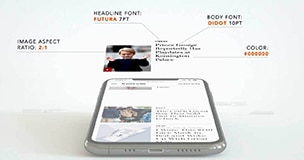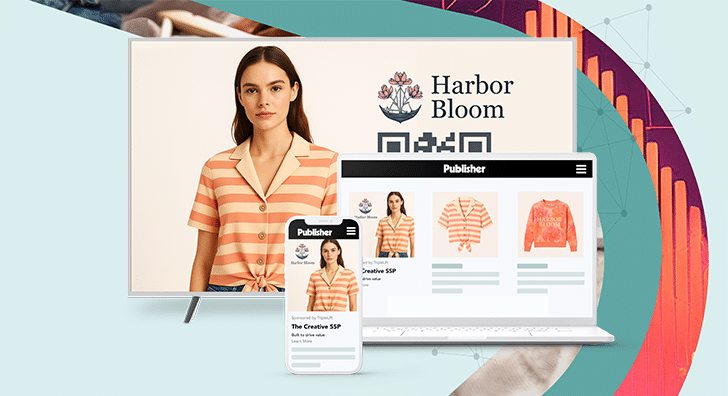Authored by: Annie Vines, Senior Director, Business Development
In the first installment of our retail media blog series, we introduced off-site advertising, a growing trend in the space. Brands and advertisers are increasingly leaning into retail media, and with so much demand, Retail Media Networks are turning to off-site advertising.
We’ll be taking a deeper dive into the challenges and opportunities with this new and growing segment in this installment of our retail media blog series.
The Opportunities
As more demand flows through retail media networks, retailers need to provide more opportunities to activate their first-party data and reach customers at a higher level of the purchasing funnel.
Enter off-site advertising.
Retailers now offer audience extension across publishers on the open web, driving consumers back to their sites to purchase.
Off-site advertising is the missing piece of the funnel for retail media buys. By taking ads off-site, brands can leverage retailer data across their marketing campaigns. Additionally, retailers increase the potential of their ad business by expanding media beyond their owned and operated properties.
The Challenges
Non-Standardized Creative Formats
Creative is a crucial part of the equation. In fact, when it comes down to it, creative may be the most important element of digital advertising. According to Nielsen, creative drives 56% of a campaign’s ROI. And Google reports that creative execution drives 70% of a campaign’s success.
Retail media networks generally restrict creative execution to standard IAB display and video formats, making them undifferentiated from creative executions in traditional programmatic campaigns. This creative restriction creates a much more basic viewer experience than what is possible on-site, ultimately impacting campaign performance.
Creative availability also provides a challenge in off-site advertising. Brands and agencies may not have access to core creative or social assets that are common on-site. Massive brands with thousands of products may instead rely on the retailers’ product catalogs or SKU data to populate their ads. Without retail-specific creative teams, sourcing new assets is difficult and time-consuming.
Limited Data and Targeting
Off-site Retail Media campaigns typically involve the activation of retailers’ first-party audiences in the open web. Currently, offsite advertising provides less information and control for retailers and brands. Third-party cookie deprecation has made this increasingly difficult to do precisely. On-site, it’s possible to know 100% of your audience—offsite, that simply isn’t the case. To achieve the scale, retailers and brands require a more holistic audience strategy beyond ID solutions that rely on logged-in users.
The Takeaway
Off-site is nascent and still being explored. However, trends suggest it will become a significant part of retail media as retailers mature their offerings and brands demand full-funnel activations. Off-site campaign performance will suffer without better creative and audience targeting options. As retailers learn, and brands push retailers to provide better offsite capabilities, we will see these challenges addressed.
However, while there are growing pains, the potential offsite advertising has for retailers and brands alike makes it something to keep an eye on. Today, this quickly growing segment shows no signs of slowing down.
Stay tuned for the next installment of the series, where we’ll be discussing creative in more depth.







